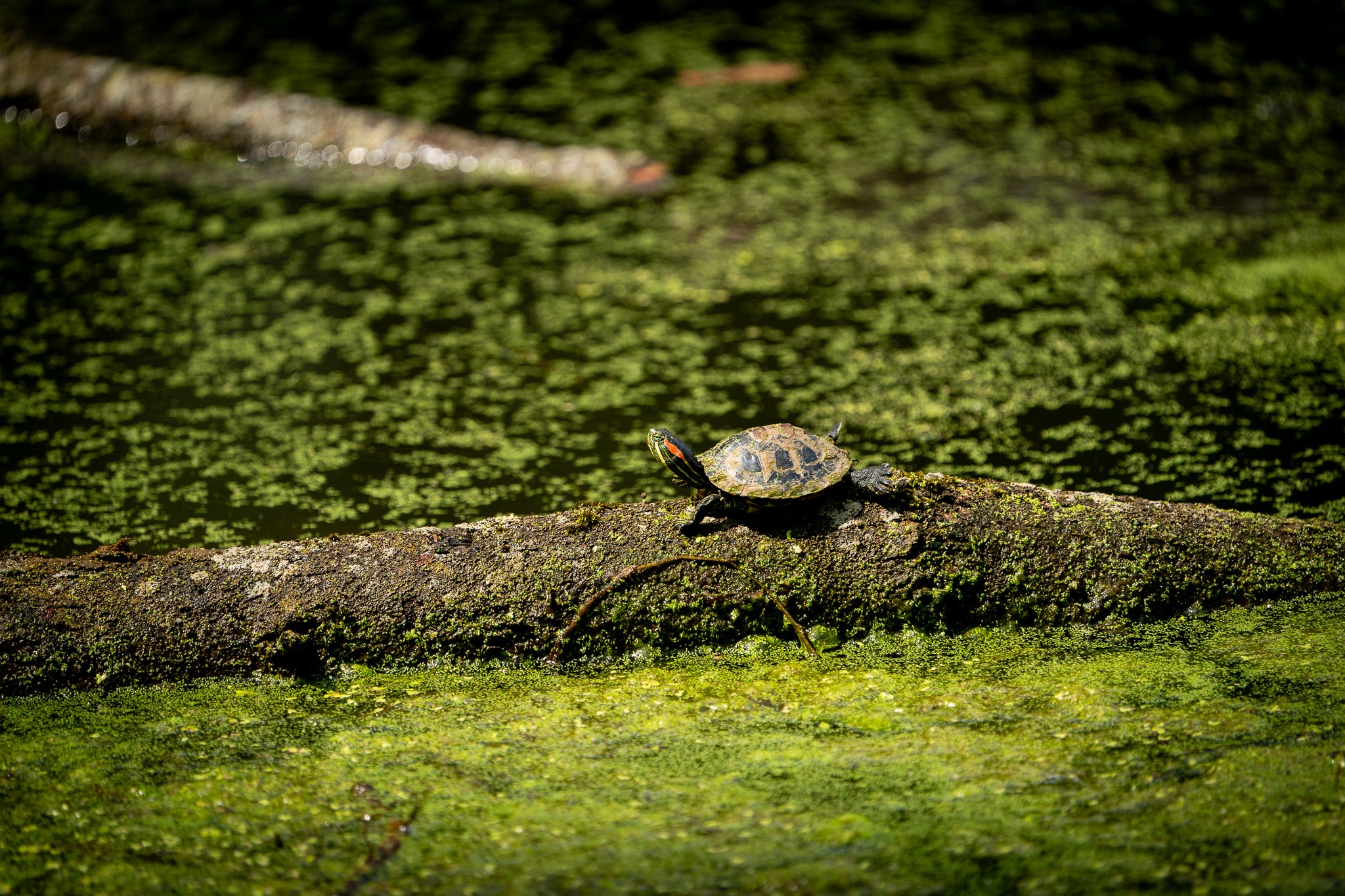Gulf State Park Lodge & Meeting Center – Ecological Sustainability Assessment
- Gulf Shores
- Alabama
- United States
The new lodge facilities at Gulf State Park set a coast-wide example for how sustainable coastal redevelopment can be achieved.
In the wake of the Deepwater Horizon disaster and the subsequent environmental effects along the Gulf Coast, early restoration funds were made available for planning and development projects that restore and enhance the 6,000-acre Gulf State Park in Gulf Shores, AL. This includes the redevelopment of the 1970’s-era lodge and conference facilities that were destroyed by Hurricane Ivan in 2004. This overnight and meeting facility is envisioned as a welcoming place that improves public access to the park’s beaches, trails, freshwater ecosystems, and other natural resources, while serving as a model for context-sensitive, environmentally-friendly, and sustainable coastal development.
The Lodge will be located on one of the most unique and sensitive natural resources within the state of Alabama–the Gulf Shores dune system. This dynamic system is the first coastal defense against flooding, sea level rise, and the impacts of major storms. It also provides important habitats for rare and threatened species unique to the Alabama Gulf Shore including the Alabama beach mouse. Working with the owner’s agent, the University of Alabama’s Gulf State Park Project, a Project of the University of Alabama Board of Trustees, Biohabitats provided ecological assessment of the dune system at the lodge site and feedback on the design and development of the Lodge facilities–focusing on promoting ecological health, enhanced dune function, sensitive wildlife habitat needs, and integrated restoration opportunities and best practices.
TAGS
-
Owner: Overland Partners/Architects
-
Bioregion: Southeast Atlantic
-
Physiographic province: Coastal Lowlands
-
Watershed: Perdido Bay
